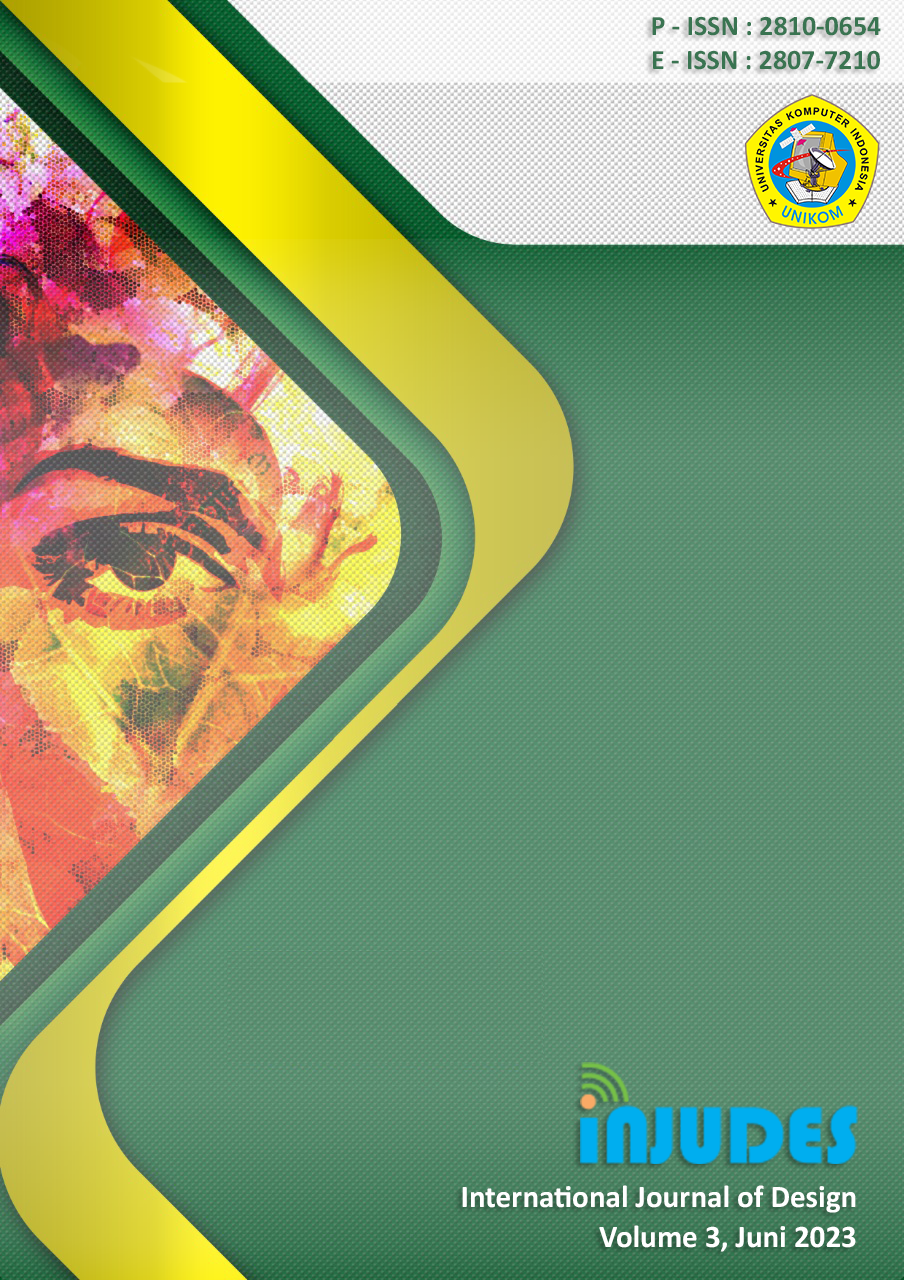Implementation of Waterfall Method in Designing Website-Based Discussion Forums
Keywords:
waterfall method, website-based, JavaScript, MySQLAbstract
This research aims to find out the effectiveness and efficiency of the use of the waterfall model in designing a website-based discussion forum. The method used in this research was descriptive research by describing the object being studied systematically, factually, and accurately. The design method used was the waterfall model by including several stages, namely the analysis phase of software requirements, designing, programming code creation, testing, and supporting or maintenance. This site was designed using JavaScript and PHP as a programming language and MySQL as the database. This study found that the waterfall method can make the system's development more organized so that the system can be developed following what is desired or on target, which makes planning more effective and efficient
References
Dokhanchi, A., Hoxha, B., & Fainekos, G. (2017). Formal requirement debugging for testing and verification of cyber-physical systems. ACM Transactions on Embedded Computing Systems (TECS), 17(2), 1-26.
Hidayati, N., Listyorini, T., Listiawan, T., Kartini, Y. E., Chusna, N. L., Sofyanti, Y., & Sallu, S. (2019, December). A Design of Innovation In Educational Technology to Improve The Quality of Website Learning in Industrial Revolution Era 4.0 Using Waterfall Method. In Journal of Physics: Conference Series (Vol. 1364, No. 1, p. 012020). IOP Publishing.
Komala, A. R., Pakaya, H. O., Ilhamdhani, I., & Fauziyya, N. R. (2021). Design of Web-Based Promotion. International Journal of Entrepreneurship & Technopreneur (INJETECH), 1, 17-24.
Kramer, M. (2018). Best practices in systems development lifecycle: An analyses based on the waterfall model. Review of Business & Finance Studies, 9(1), 77-84.
Mahadevan, L., Kettinger, W. J., & Meservy, T. O. (2015). Running on hybrid: Control changes when introducing an agile methodology in a traditional “waterfall” system development environment. Communications of the Association for Information Systems, 36(1), 5.
Martin, W., Sarro, F., Jia, Y., Zhang, Y., & Harman, M. (2016). A survey of app store analysis for software engineering. IEEE transactions on software engineering, 43(9), 817-847.
Massey, V., & Satao, K. J. (2012). Evolving a new software development life cycle model (SDLC) incorporated with release management. International Journal of Engineering and Advanced Technology (IJEAT), 1(4), 25-31.
Nassaji, H. (2015). Qualitative and descriptive research: Data type versus data analysis. Language teaching research, 19(2), 129-132.
Sadi, S., Lucitasari, D. R., & Khannan, M. S. A. (2015). Designing Mobile Alumni Tracer Study System Using Waterfall Method: an Android Based. International Journal of Computer Networks and Communications Security, 7(1), 17-26.
Tabrani, M. (2019). Implementasi Metode Waterfall Pada Perancangan Sistem Informasi Pelayanan Rawat Jalan Puskesmas Telagasari Karawang. Indonesian Journal of Business Intelligence (IJUBI), 2(2), 79-89.



